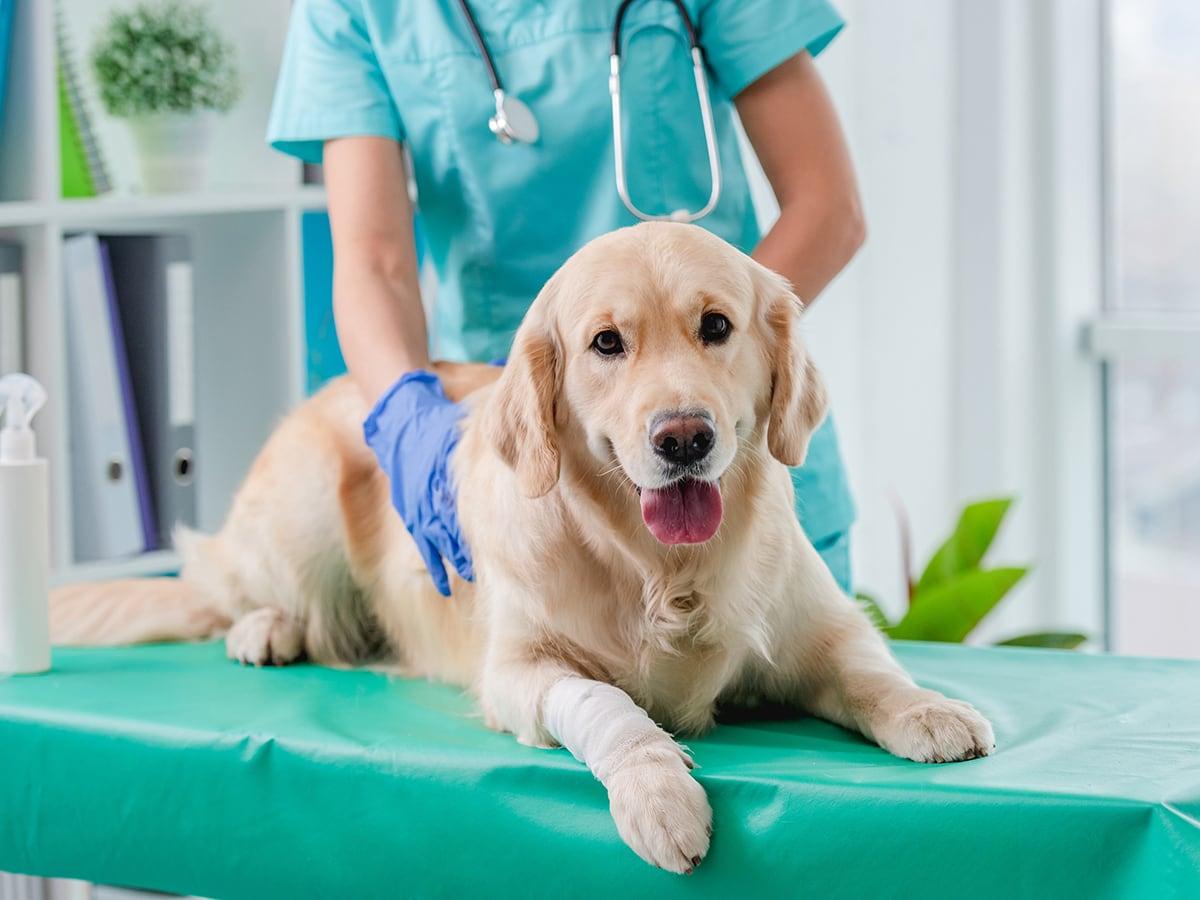In the grand scheme of things, coyotes are the ultimate opportunists. They’re like the scavenger hunt champions of the animal world, always on the lookout for their next meal. Their diet varies from small mammals to fruits and occasionally, pets.
In the wild hierarchy, coyotes have street smarts. They’re savvy, stealthy, and surprisingly adaptable. Our canine buddies, on the other hand, prefer belly rubs and gourmet kibble over fending off wild predators. They view the world with a blend of curiosity and territorial pride.
Now the question here is, can dogs be a part of the occasional pet buffet of coyotes?
Unfortunately, the answer is yes. But before you start building a protected castle for your doggy, you need to understand the what’s, why’s and how’s of this.
The coyote is also known as the American Jackal, the prairie wolf, or the brush wolf. It belongs to the dog family and is like a small and lighter version of the wolf. It can be found throughout the United States and Canada. These animals are nocturnal and come with extremely efficient hunting skills. They will usually go for carrion, birds, rabbits, small deer, prairie dogs (and any other small rodents), and snakes. They are carnivorous creatures but may also resort to eating fruits and vegetables in the absence of meat. (1)
Will Coyotes Attack Dogs?
While humans are usually safe from coyotes as they have an intrinsic fear of us, dogs, especially small ones, are prone to coyote attacks. From April to August, coyotes begin to have their puppies. This calls for active hunts to provide for their young ones. You may even see more coyote attacks on small pets during winter. They even tend to move towards human settlements in search of prey. And our pets often get on their list.
Coyotes are attracted to and can mate with unspayed or unneutered domestic dogs as well. Even unspayed female dogs in season will attract male coyotes and unneutered male dogs can be lured away by the scent of a female coyote in her ovulation cycle. There have been cases of male dogs being lured by the female coyote’s scent and killed by male coyotes. Your dog’s feces can also attract these predators into your yard. (2)
In a city, coyotes are more likely to encounter small pets like cats and dogs as compared to rodents and rabbits. Unattended dogs are highly at risk here. Coyotes can jump fences depending on the height and easily enter backyards. They might also view your dog as prey at the park or in other settings. And the attacks may not just end with a few scratches on your dog. They will most likely kill the dog and eat them. (4)
Don’t start worrying just yet. We’ve got a solution for you to avoid coyote attacks on your beloved pets.
How Do Coyotes Bite Marks on Dogs Look Like?
Coyotes typically hunt from behind. They stalk their prey for some time and attack at a time when they feel the prey is most vulnerable.
If your dog has been prey to a coyote attack, you may see bite marks and blood on their body. The areas of the dog’s body most prone to attack are the neck and the throat. They will leave punctured wounds that are deep and severe. You may see blood on the dog’s body and/or missing fur from the attacked part.
But these signs are possible even in case of an attack by a large domestic dog or even a cat. To differentiate a coyote bite from others, you must look for wounds that are larger, deeper and seem more severe. You may also see drag marks and other signs of struggle here. (3)
What to do if a Coyote Attacks Your Dog?
If you see any of the above-mentioned signs on your dog or if you yourself witness a coyote attacking your dog, you must straight away run to a vet. The vet may start by cleaning the wound and then administering a few antibiotics. A rabies vaccine booster dose may also be needed in case the vet feels so. (6)
Do Coyotes Attack Dogs in the Daytime?
Coyotes are typically nocturnal animals, meaning that they are active during the night. So, it’s not very common for them to attack dogs during the day. However, food scarcity, pup protection during the breeding season, fear of human encroachment, etc. can have them active in the daytime as well. This can make them potentially aggressive, leading to attacks on our pets.
How to Prevent Coyote Attacks on Dogs?
It is not very difficult to prevent coyote attacks on your dog, especially, given the fact that coyotes are afraid of humans. Here are some ways you can protect your dog – (5)
Fence your yard – This may not ensure complete protection from coyotes as they can jump or dig if they want but will at least reduce the chances of an attack. You can even go for coyote rollers on your fence.
Be watchful – When walking your dog, always keep an eye on your dog. If you live in a coyote-prone area, avoid walking your dog off-leash. Even if your dog is playing in your yard, keep an eye.
Brighten up your yard at night – Coyotes usually avoid bright lights. You must even carry a torch for a night walk. In case of an encounter, you can scare the coyote off with the light.
Clean up – Do not leave any food bowls, even empty ones, outside for long as they smell of food. Seal your garbage cans properly. As we mentioned above, a lack of meat will make coyotes reach out for other foods.
Avoid bushes during walks – Coyotes tend to hide and attack. If your house has underbrush or bushes, seal them. Avoid such areas during walks as well.
And the most important thing to remember is to be big and loud. Do not make any coyote feel comfortable around you. If you see a coyote, make loud noises, throw pebbles or do anything that scares them off. Do not try to feed anything to them.
More About Spot Pet Insurance
We may not have the exact number of coyote attacks on dogs in the US or Canada, but, for pet owners, it has always been a concern. Coyote attacks on pets are common in places where urban settlements meet natural habitats like the forest. Even if your dog gets saved after an attack, there is a high chance that they will need medication, and even surgery in some cases.
We’ve given you multiple ways to prevent coyote attacks for your dog. Despite that, if your pet gets bitten by one, we have a way to save up to 90% of the related costs for you.
Dog Insurance can help provide financial assistance for eligible veterinary care in case of unexpected accidents, illnesses, or injuries. Our plans can help pet parents manage the eligible costs of covered veterinary care and help ensure that their pets can receive the best treatment possible. Here are some ways that Spot pet insurance plans can help:
Covers Unexpected Veterinary Costs: Spot pet insurance plans cover the eligible costs of unexpected veterinary treatments, such as emergency surgeries, X-rays, and prescription medications for covered conditions.
Customizable Plans: Choose your annual limit, reimbursement rate, and deductible from a range of options, and create the plan that will fit the needs of your pet and your budget.
Peace of Mind: With Spot pet insurance plans, pet parents can know that they can provide the best care for their pet with less worry about the cost.
To learn more about Spot Plans or to get a free quote, click here.

I've had the privilege of immersing myself in the realm of pet safety. As the owner of an energetic mini golden doodle, I know just how stressful being a pet owner can be. I am dedicated to ensuring our beloved pets enjoy a life brimming with good health.
Lariviere, S. (2024, July 5). Coyote | Size, Habitat, howling, & Facts. Encyclopedia Britannica. https://www.britannica.com/animal/coyote-mammal
Coston, Z. (2023, October 13). Coyote safety: How to protect your dog from coyotes. Dutch. https://www.dutch.com/blogs/dogs/coyotes
Wadsworth, J. (2023, December 19). 8 ways to protect your dog from coyote attacks. DogTime. https://dogtime.com/how-to/pet-safety/60565-protect-dog-coyote-attacks












